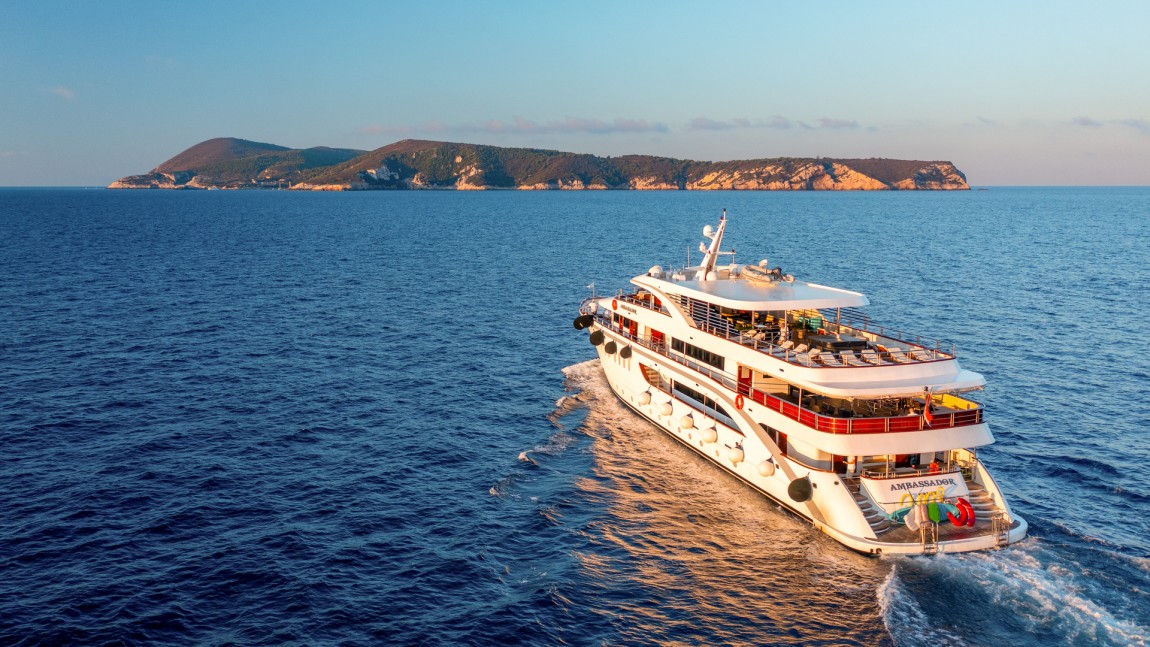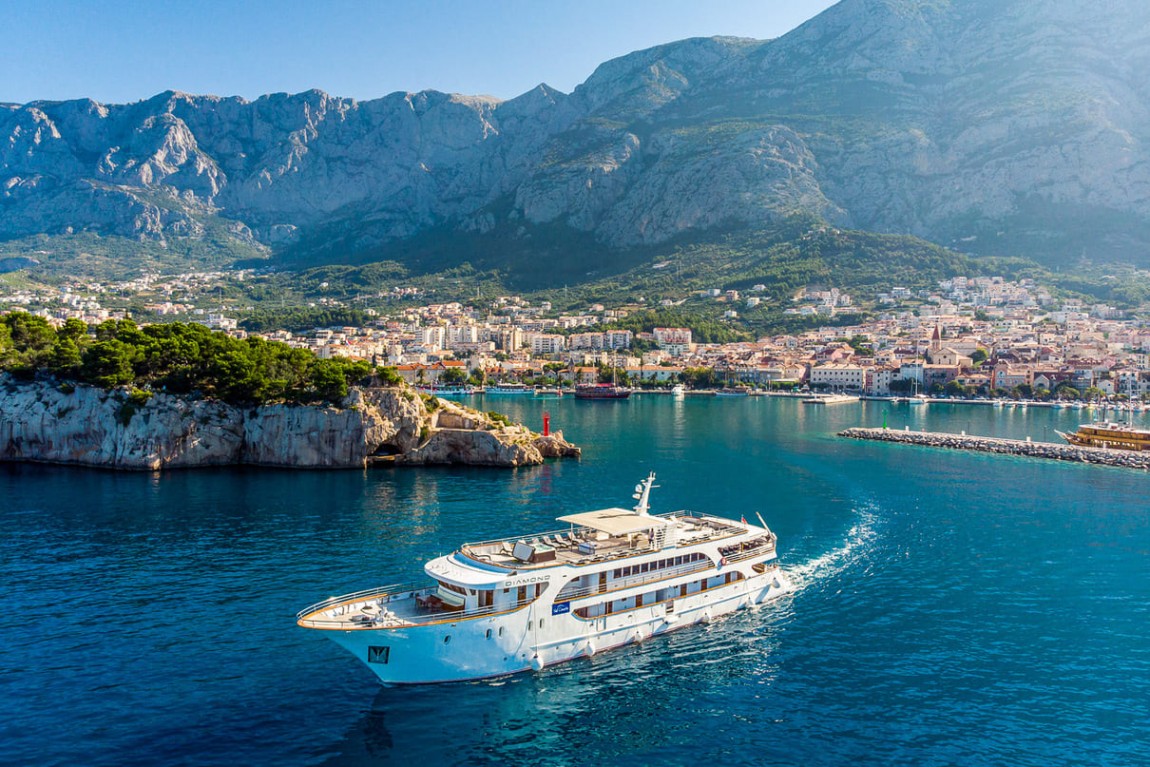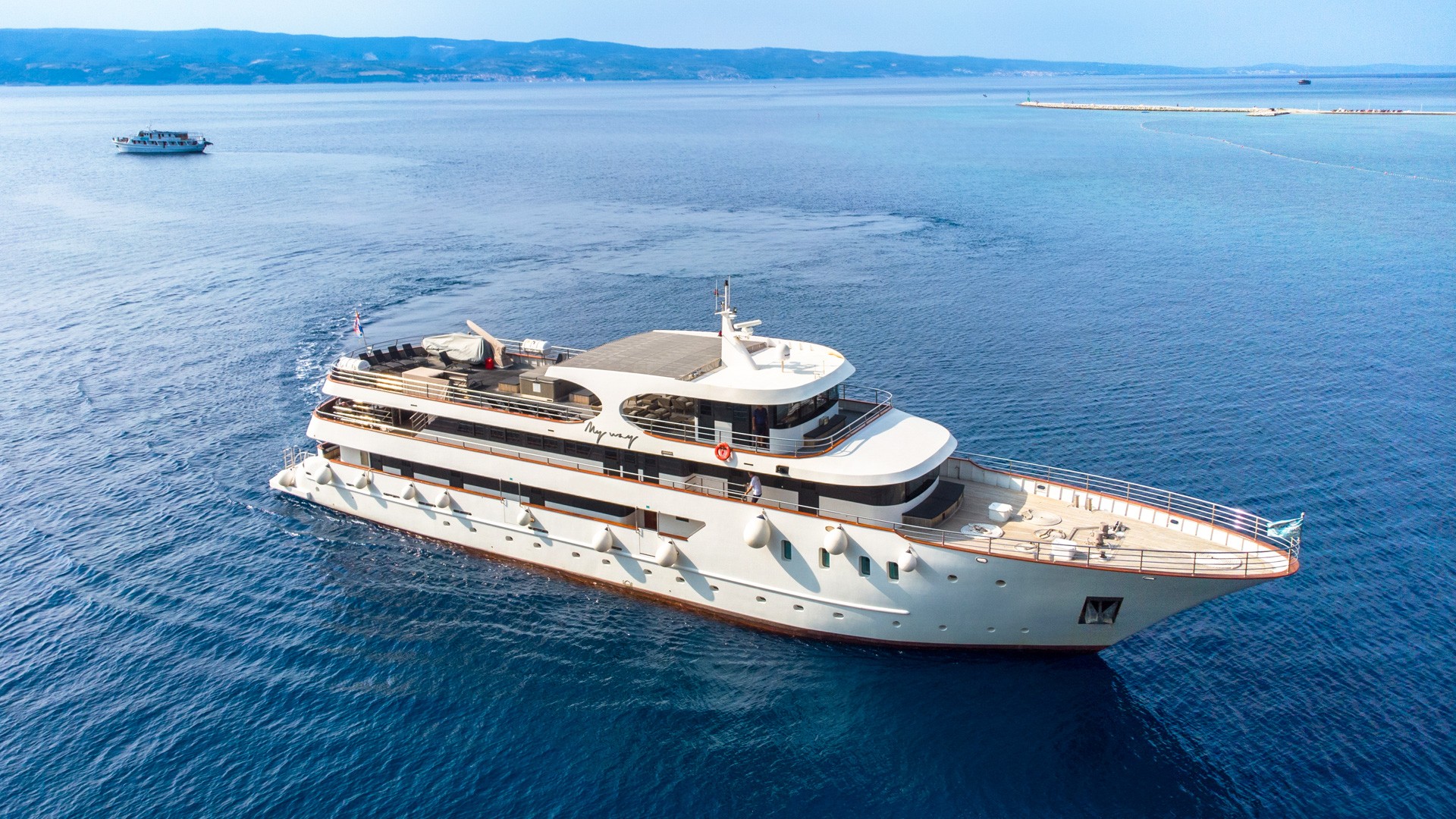
Stari Grad

with our cruises
Stari Grad (literal translation of the name is the Old Town) is the oldest town in Croatia. First settlers were the Greeks from the island Paros in the Aegean sea, who established the colony in the year 384 BC and named the town Pharos.
The large plain that occupies the island’s central area is in fact a cultured landscape, formed by thousands of years of human labour. The name changed throughout the centuries, since its foundation by the Greeks that called it Chora Pharu, Roman Ager Pharensis, medieval Campus Sancti Stephani till today’s Stari Grad plain. The Stari Grad Plain and the old town centre of Stari Grad have been listed as UNESCO World Heritage Sites since 2008.
There are many places of interest to visit in Stari Grad.
House TVRDALJ, the summer house and walled garden of the 16th century poet and aristocrat Petar Hektorović. This house, with a fish-pond and a dove-cot over it, is the most famous building in Stari Grad. A poet was building it throughout his entire life, and there he realised the idea of microcosms – a small, enclosed world where all divine creatures – fish, birds, herbs and people (himself, his friends, a holy woman, paupers and travellers) had a space to live. It is open from June to October (working hours for June/ September/ October 10 am – 1 pm; July/ August 10 am – 1 pm and 5 pm – 8 pm).
The Town Museum is housed in the Biankini Palace, the neo-renaissance family home of the Biankini brothers dating back to the end of 19th century. Museum collections depict the long history of Stari Grad. It is open for visitors from May to September (working hours for May/ June/ September every day (except Sunday) 10 am – 1 pm; July/ August every day 10 am – 12 pm and 7 pm – 9 pm; Sundays 7 pm – 9 pm).
Dominican Monastery of St. Peter the Martyr and a museum hold numerous works of art. Undoubtedly the most valuable painting is the Mourning of Christ by the 16th century Venetian master, well known Jacopo Tintoretto. The oldest inscriptions written in Greek to found in Croatia are preserved in this museum and they are testimony to the tempestuous life of the Greek town, Pharos, from the 4th to the 2nd centuries B.C. There is a large library in the monastery with manuscripts and incunabula (the first printed books) and a part of that book’s heritage is exposed in the monastery’s museum, and in the church there is tomb of Petar Hektorović and his mother Katarina. It is open from June till October, every day 9.30 am – 12 pm and 4.30 pm – 6.30 pm.
If you are interested in contemporary art visit the exhibitions at Moira Art Gallery, open during high season only.
The backstreets of the old town offer many friendly and cheap konobas and restaurants. Eremitaž is one of the best places for grilled fish and seafood, but you should also try some traditional meals at the restaurant Kod barba Luke and at bistro Kod Damira. For cocktails try Antika and do not miss to try sweets made of lavender and of course a traditional cake Starogrojski paprenjok (the main ingredients are honey, olive oil and saffron), which you can also take home as a souvenir for your family and friends to try.





-21_thumb_620.jpg)















.jpg)